If you’ve ever wondered why scalp health is crucial for the growth and thickness of Afro hair, you’re about to find out. Afro hair is beautifully unique, characterized by its tight curls and texture. But this very uniqueness calls for a tailored approach to care.
So, why is scalp health non-negotiable? Well, a healthy scalp is the bedrock for strong hair growth. It’s where everything begins. Without a well-cared-for scalp, you might as well say goodbye to the dream of luscious locks. Issues like dryness, buildup, and inflammation can stunt hair growth and compromise thickness.
People with Afro hair often face specific challenges, including dry scalp, dandruff, and sometimes, more severe conditions like seborrheic dermatitis. Each of these can disrupt the natural growth cycle of hair follicles. And let’s not forget, your scalp is skin—it needs just as much love and attention as the rest of your body.
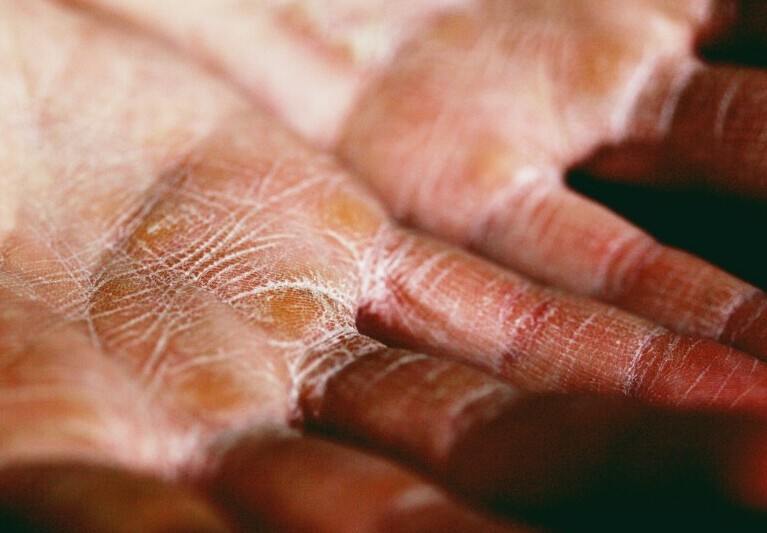
Now, a splendid mane doesn’t sprout overnight—it’s a labor of love. But don’t worry too much; establishing a consistent scalp care routine can work wonders. I’m here to help you with just that. And you can always adjust your approach down the road as you learn what your hair and scalp respond to best.
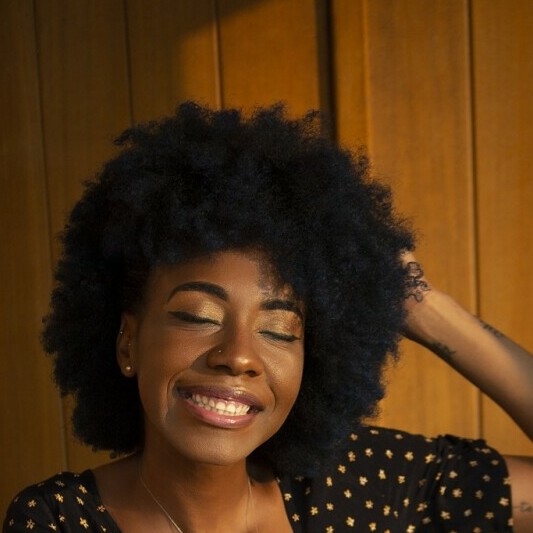
This isn’t just a matter of aesthetics; it’s also about nurturing and preserving your hair’s integrity. From choosing the right products to adopting gentle styling practices, every aspect of your routine matters. But before grabbing your comb and hair products, you’re going to find out about another foundational element for healthy hair growth—nutrition and hydration. Yes, what you eat and drink is just as crucial as what you put on your hair.
Nutrition and Hydration: Foundations of Scalp Health
It’s not just the products you put on your hair that matter; it’s also what you feed your body. A nutritious diet lays the groundwork for a thriving scalp, and by extension, flourishing hair. To get you started, I’m going to highlight some dietary superheroes for your scalp.
Healthy fats, such as omega-3s found in fish, flaxseeds, and walnuts, are your scalp’s best friend. They’re instrumental in keeping your scalp hydrated and preventing dryness that can lead to flakiness. Lean proteins from chicken, fish, and legumes are also crucial. They’re the building blocks of keratin, which is what your hair is primarily made of.

Looking for a vitamin boost? Vitamins A, C, and E can be incredibly beneficial. Vitamin A promotes the production of sebum, which naturally moisturizes your scalp. Citrus fruits and leafy greens, rich in Vitamin C, can bolster your hair follicles. Vitamin E from nuts and seeds can help protect your skin, including your scalp, from oxidative stress.
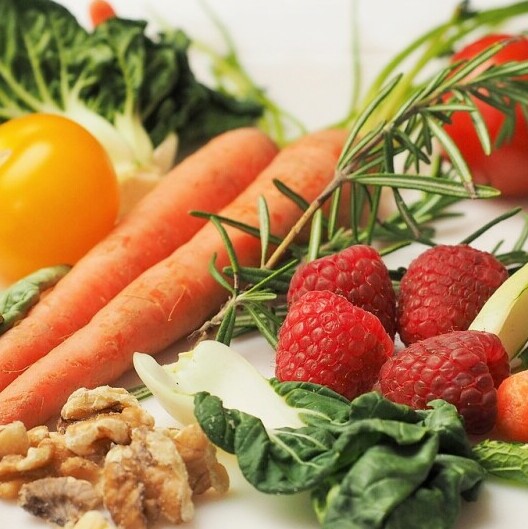
I can’t stress enough the importance of hydration. Drinking plenty of water ensures that your scalp and hair are sufficiently moisturized from the inside. A well-hydrated scalp is less likely to become irritated or itchy.
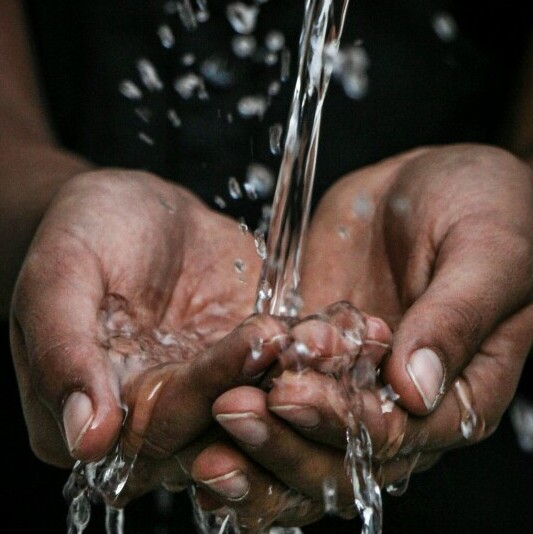
Now, don’t worry too much about creating a perfect diet overnight. Small, consistent changes are going to be the most sustainable. Use this nutrition advice as a guide to gradually adjust your meals for scalp and hair health.
Moving on, you’ll see how these thoughtful nutrition choices dovetail nicely with a targeted scalp care routine. It’s not just what you eat; how you treat your scalp day-to-day also has significant ramifications for hair growth and thickness.
Establishing Your Scalp Care Routine
Your scalp care routine lays the groundwork for the growth of thick, healthy Afro hair. It’s not just about choosing the right products; it’s also about consistency and understanding what your scalp needs.
Let’s start with cleansing. You’re going to want to use a sulfate-free shampoo that cleans without taking away your natural oils. Your hair’s natural oils are crucial for scalp health, and harsh shampoos can strip those away, leaving your scalp dry and prone to flakiness.
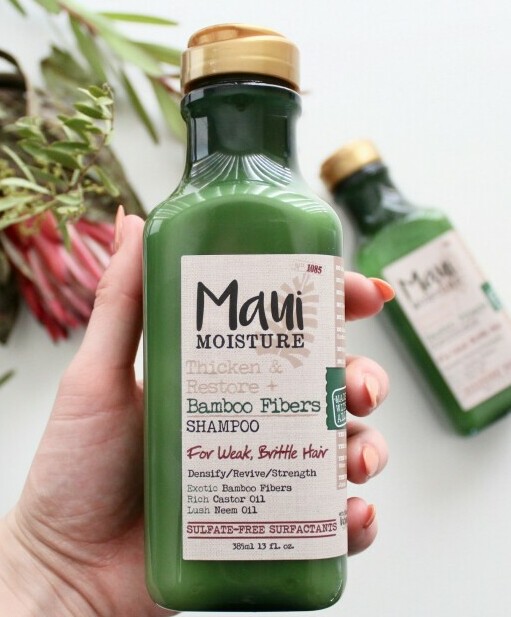
Exfoliation can be a game changer. Every couple of weeks, gently massage your scalp with a soft-bristled brush or use a scalp scrub to remove dead skin cells. This helps to stimulate blood flow and promote hair growth. However, be gentle to avoid causing abrasions that can lead to issues.
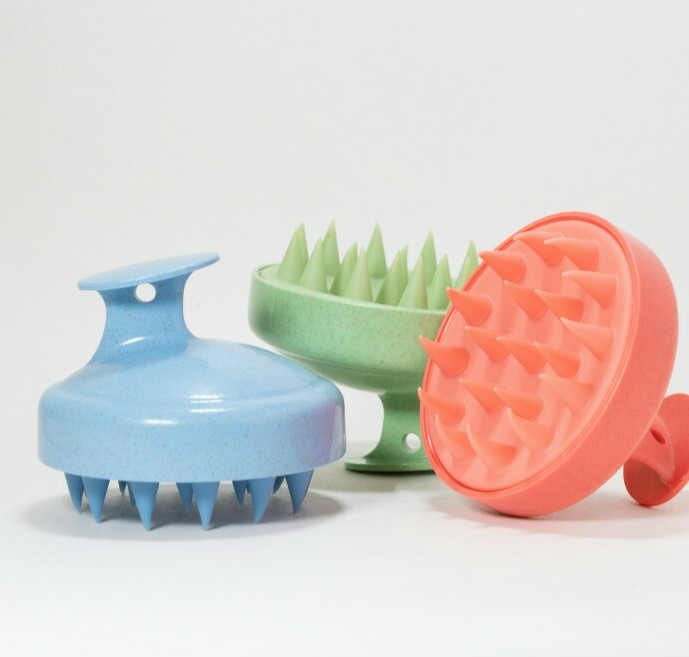
Now for the fun part: moisturizing. Look for products rich in natural oils like jojoba, coconut, or castor oil. These heavy-hitters bring essential hydration to your hair and help to seal in moisture, which is especially beneficial in preventing breakage and promoting thickness.
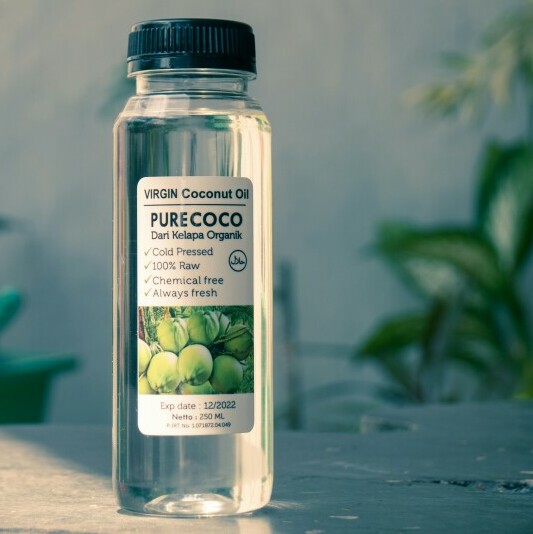
And what about those styles? Protective hairstyles like braids and twists are fantastic, but they need to be done correctly. Don’t pull too tight, as tension can harm the follicles and lead to hair loss. Choose something that resonates with you, and gives your scalp a break between styles.
Developing these habits is crucial, but so is understanding when to turn to professionals for help. As we transition into the next section, I’m going to guide you through the scenarios where professional scalp treatments can make all the difference and help you select the right advice for your Afro hair.
Professional Scalp Treatments and Advice for Afro Hair
If you’ve given your all to maintain your scalp health and still struggle, it might be time to bring in the experts. Dermatologists and trichologists specialize in hair and scalp health, and they can offer you tailored advice and treatments.

Hair thickness can be greatly influenced by the ends of your hair. While it may seem counterproductive, getting regular trims ensures the removal of split ends, which can lead to healthier and fuller-looking hair.
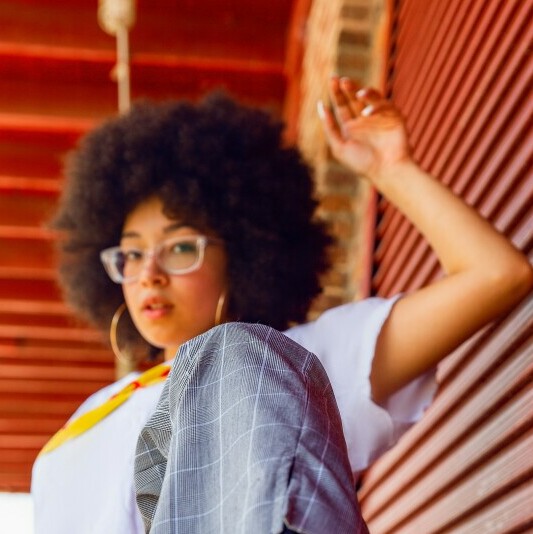
Not all treatments are created equal, especially when it comes to the diversity of Afro hair. It’s crucial to understand what your hair and scalp need. Whether it’s a hot oil treatment, a hydrating scalp mask, or a protein treatment designed to strengthen your hair, make sure you’re informed about what’s best for you.
Experiment with caution and patience. It takes time to see the results of any new treatment or routine. Keep track of what works and what doesn’t, adjust as necessary, and celebrate the wins, no matter how small they might seem.
Remember, maintaining a healthy scalp is a journey, not just a one-time fix. Stick with your routine, fine-tune it as you learn more about your hair, and you’re going to appreciate the growth and thickness that come from your dedication.
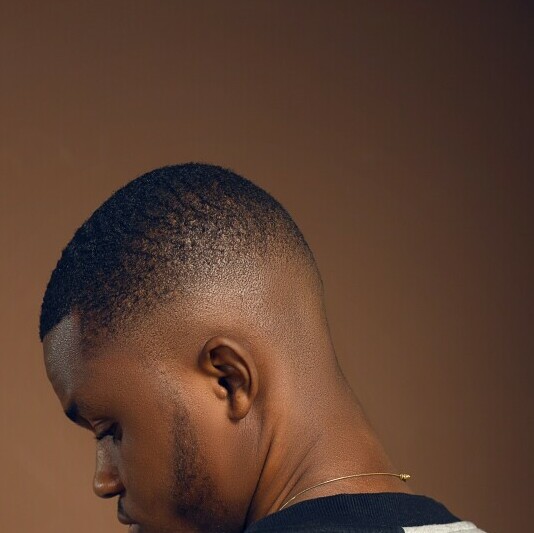
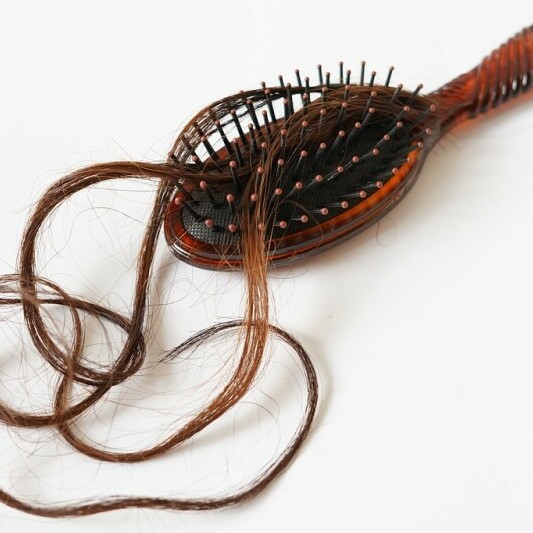
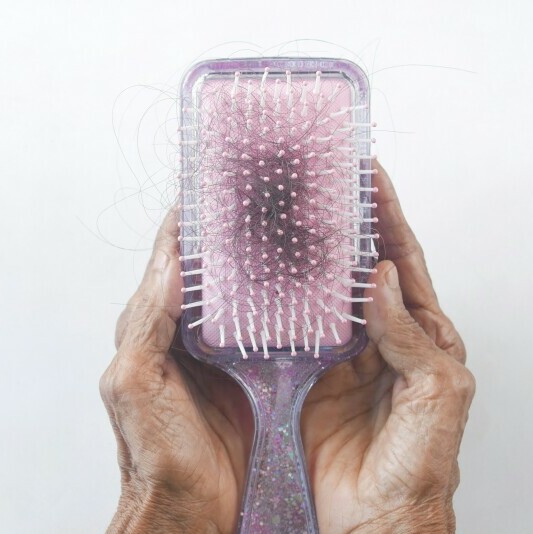
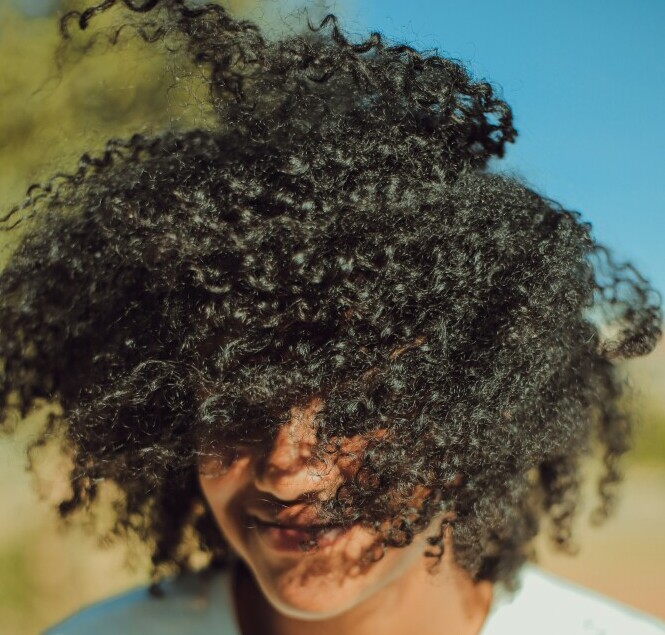


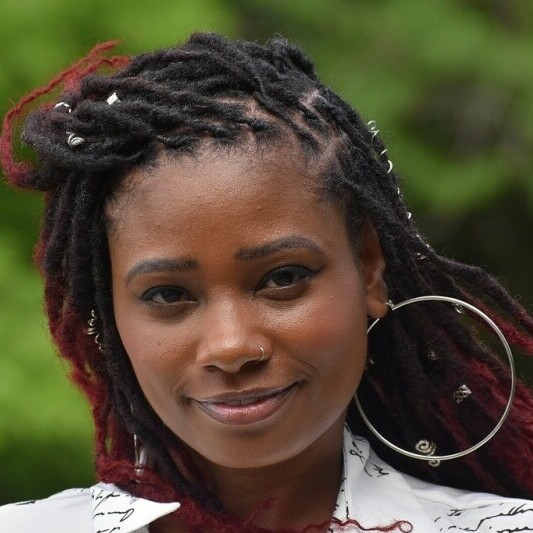




 But the perfect twist out doesn’t come without a little know-how. It’s about more than just twisting strands; it’s about understanding your hair’s needs, choosing the right products, and mastering the technique. Fortunately, I’m here to guide you through each step. By the end of this article, you’ll know how to set your hair up for success from the prep phase to the final, stunning reveal.
But the perfect twist out doesn’t come without a little know-how. It’s about more than just twisting strands; it’s about understanding your hair’s needs, choosing the right products, and mastering the technique. Fortunately, I’m here to guide you through each step. By the end of this article, you’ll know how to set your hair up for success from the prep phase to the final, stunning reveal.

 source: Pinterest
source: Pinterest
 source: Pinterest
source: Pinterest

 pinterest
pinterest
 pinterest
pinterest



















 I hope that you embrace these tips with optimism and patience. As you tweak and refine your hair care process, don’t worry too much about getting it perfect from the get-go; healthy hair is a long-term commitment that evolves with you over time. If you want to keep a journal on your hair, I have a
I hope that you embrace these tips with optimism and patience. As you tweak and refine your hair care process, don’t worry too much about getting it perfect from the get-go; healthy hair is a long-term commitment that evolves with you over time. If you want to keep a journal on your hair, I have a
 Another great item that I also love to use if I don’t get Maui is the Giovanni tea tree triple treat, this one makes my hair feel like it’s so soft and smooth. It was a Shampoo that I was a little unsure about initially, however, once I used it I had no doubts. It also ranges in price from $ 10 – $12. I like it because during winter my scalp gets dry and when I use this it’s not as dry. It smells great as well. It’s also great for different hair types not just curly hair. iherb is a great place to get them.
Another great item that I also love to use if I don’t get Maui is the Giovanni tea tree triple treat, this one makes my hair feel like it’s so soft and smooth. It was a Shampoo that I was a little unsure about initially, however, once I used it I had no doubts. It also ranges in price from $ 10 – $12. I like it because during winter my scalp gets dry and when I use this it’s not as dry. It smells great as well. It’s also great for different hair types not just curly hair. iherb is a great place to get them.

 It’s now available for a limited period at $9.36 which is a great bargain as it normally goes for $11. 00.
It’s now available for a limited period at $9.36 which is a great bargain as it normally goes for $11. 00.



